installation principle and setting of the bypass valve
Whether the valve needs to be installed with the principle and setting of the bypass valve.
We occasionally see relatively large valves in some pipelines and always install bypass valves. Why is this? What is its main function? Under what circumstances does it need to be installed? And what is the size of the bypass valve of the corresponding equipment?
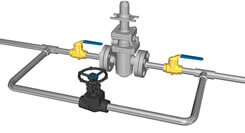
bypass valve installation
In fact, by setting a bypass valve in the pipeline, its role can be divided into two major points in general: one is to protect (balance the pressure at both ends), and the other is to make emergency use!
First, the protective effect can also be said to be a protective measure for the main valve to prevent the large opening resistance caused by the excessive pressure difference between the front and rear of the valve and the difficult opening of the valve, especially in some large diameter or high pressure pipeline. Before the high-pressure pipeline is opened, the pressure is released through the bypass valve to avoid the sudden influx of high pressure and impact on the pipeline below the valve. Or the pressure difference between the two ends of the valve is too large, and the opening torque is too large. In order to avoid torsion damage to the valve, the valve should be opened after bypassing and releasing the pressure.
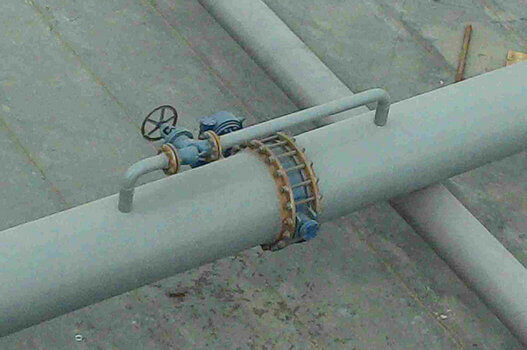
butterfly valve and bypass valve
Second, the emergency function, used as a backup pipeline, the biggest advantage is that when the main valve fails or needs maintenance, it can flow through the bypass valve without affecting normal production.
Whether the valve needs to be installed with the specific requirements and settings of the bypass valve: (for reference only)
2.5MPa level, above DN400; 4.0MPa level, above DN250; 6.4MPa level, above DN200; 10MPa level, above DN150; For valves from DN100 to DN200, the bypass pipe and bypass valve are DN20;
For valves from DN250 to DN600, the bypass pipe and valve are DN25; for valves above DN600, the bypass pipe and valve are DN40.
Related products: wafer butterfly valve; lug butterfly valve; double flange butterfly valve;
Double eccentric butterfly valve
TH Valve is a professional manufacturer of butterfly valve, gate valve, check valve, globe valve, knife gate valve, ball valve with API, JIS, DIN standard, used in Oil, Gas, Marine industry, Water supply and drainage, fire fighting, shipbuilding, water treatment and other systems, with Nominal Diameter of DN50 to DN1200, NBR/EPDM/VITON, Certificates & Approvals: DNV-GL, Lloyds, DNV, BV, API, ABS, CCS. Standards: EN 593, API609, API6D
Related news/knowledge:
Valve actuator / actuation -(7)- generator;
Valve actuator / actuation -(8)- application areas;
Valve actuator / actuation -(5)- advantages
Butterfly valve and its Development history – (2)



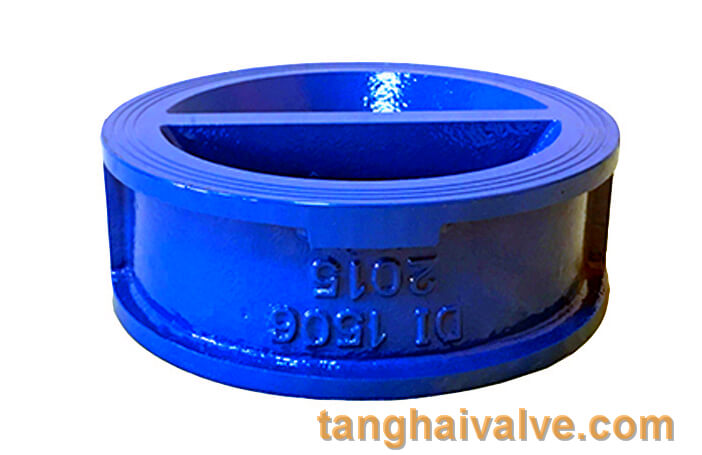
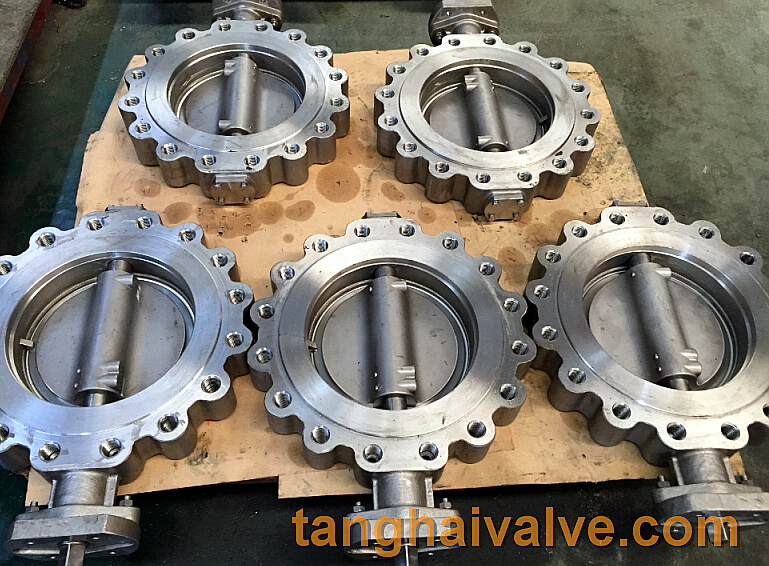
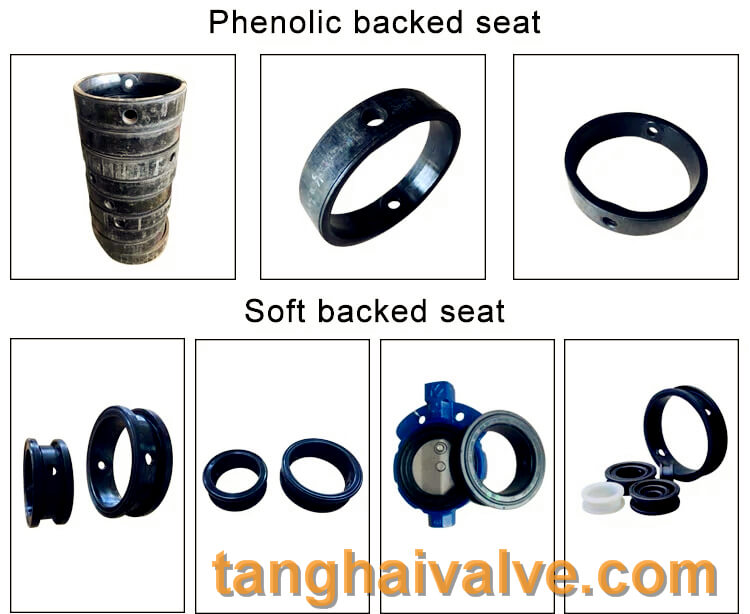

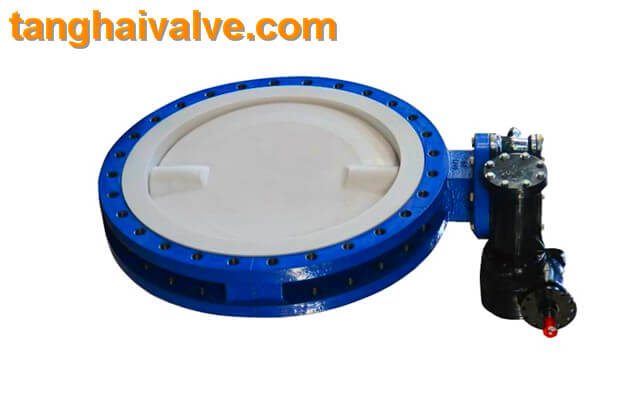
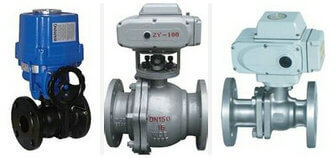
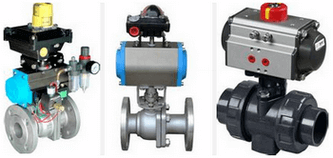
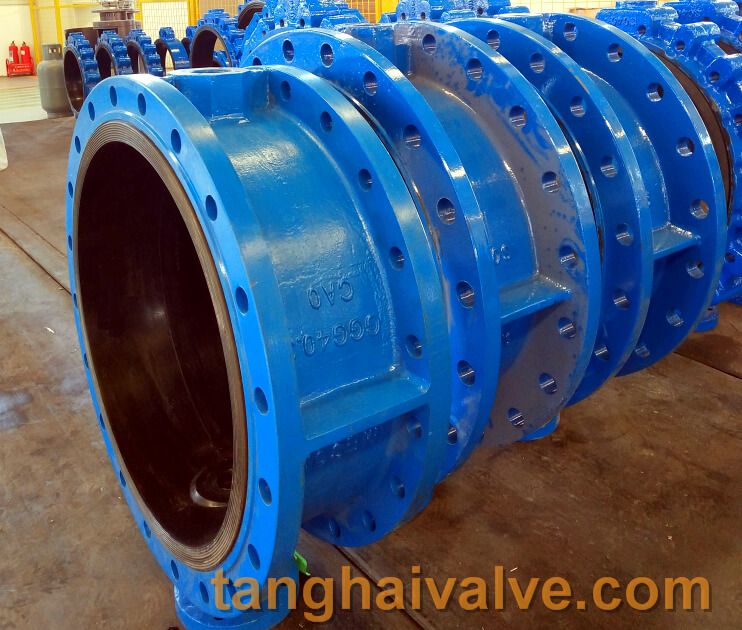
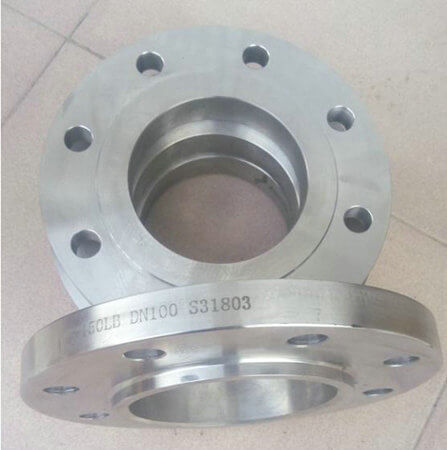
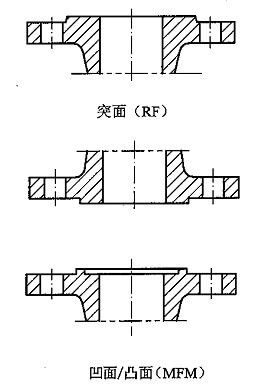


 © Copyright 2020 Tianjin Tanghaidongyang Valve Co., Ltd. All Rights Reserved.
© Copyright 2020 Tianjin Tanghaidongyang Valve Co., Ltd. All Rights Reserved.